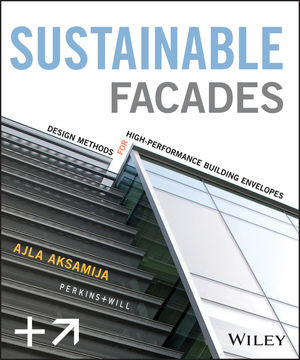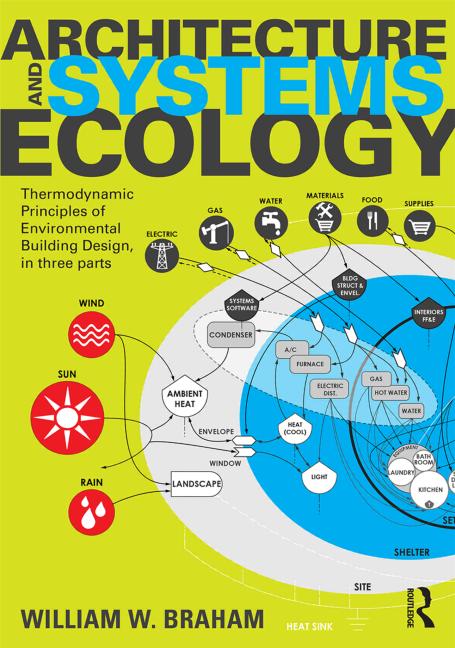As the nation invests billions of dollars in the launch of high-speed rail systems that advance fast, efficient, and safe city-wide connectivity, the architecture and historic preservation firm Page & Turnbull is at the forefront of this unprecedented movement as the architect behind the preservation and rehabilitation of Fresno, Calif.’s historic rail station for use as the first component of the intermodal high-speed rail commuter station.
A prime project of the California High-Speed Rail Authority (Authority), the nation’s first high-speed rail system, the Fresno high-speed rail (HSR) station is among the three-segment, Phase 1 work of the Authority’s California Rail High Speed Rail program, that, in all, seeks to “connect the megaregions of the state, contribute to economic development and a cleaner environment, create jobs, and preserve agricultural and protected lands.” Eventually, California’s HSR system will link more than 800 miles of rail, by way of up to 24 stations.
The new world-class transit hub in Fresno promises to revitalize the city’s long-shuttered historic train depot as an ultramodern transportation center, says Page & Turnbull, reinvigorating the municipality’s core and offering a national and global model of a state-of-the-art, high-capacity rail station.
“The historic depot will be an iconic and economically vital part of Downtown Fresno and of the high-speed rail system,” said Page & Turnbull president Peter Birkholz, AIA, LEED AP, DBIA, principal lead for the project, in the Authority’s spring 2024 publication, Investing in California Small Businesses, available at this link. Birkholz added the transformation of the historic train depot in the heart of Downtown Fresno and Chinatown at Tulare, H, G, and Fresno streets, “adapts a building that once served steam-driven railways to become a new type of station that will efficiently and sustainably transport passengers around California.”
Among Page & Turnbull’s renovation work on the station, says Birkholz, are accessibility updates, plus upgrades to meet modern fire and life-safety codes and structural and seismic standards, along with the rehabilitation of key architectural features of the historic Queen Anne-style depot, built of red brick with a slate bellcast hip-roof and cupolas.
Birkholz noted in the Authority’s Investing in California Small Businesses publication, the new HSR hub will connect the historic transit depot’s former passenger and freight train stations, as realized through extensive, preliminary site surveys and 3D modeling. Attention to strengthening the buildings’ structural and seismic integrity is a priority, potentially through discrete structural approaches that will preserve the buildings’ original brick walls, such as the integration of obscured concrete columns.









